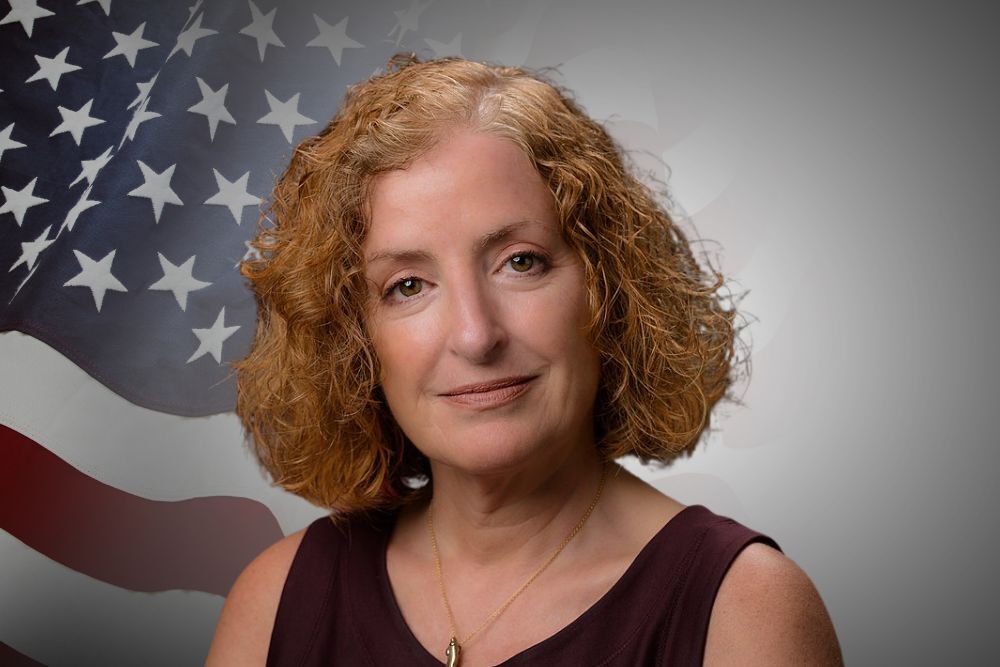Today, the U.S. Environmental Protection Agency (EPA) issued a supplemental proposed rule modifying and adjusting certain aspects of the fees rule established under the Toxic Substances Control Act (TSCA). EPA is publishing these changes to ensure that collected fees provide the Agency with 25% of authorized TSCA costs consistent with direction in the FY 2022 appropriations bill to consider the “full” implementation costs of the law. Updating TSCA fees will strengthen EPA’s ability to successfully implement TSCA in a way that’s both protective and sustainable and significantly improve on-time performance and quality.
“For the last six years, we’ve lacked the needed resources to build a sustainable chemical safety program that’s grounded in science, protects communities from dangerous chemicals, and supports innovation,” said Assistant Administrator for the Office of Chemical Safety and Pollution Prevention Michal Freedhoff. “With today’s action, we’re continuing to adjust TSCA fees to account for the full costs of running the program the way that Congress intended – in both the 2016 law and in the FY 2022 appropriations bill.”
When Congress reauthorized TSCA in 2016, it provided EPA with a great deal of new authority and responsibility. Despite the dramatic increase in responsibility, the budget for the TSCA program has remained essentially flat over the past six years. While Congress provided the Agency with new authority to collect fees to offset up to 25% of authorized TSCA implementation costs, the first TSCA fees rule was not finalized until late 2018, and thus fees were not collected until FY 2019. The 2018 fees rule also excluded all the costs for the first ten risk evaluations, which are the highest-cost activities for TSCA implementation. Additionally, the costs baseline chosen for the 2018 rule was what the Agency spent on implementing TSCA before it was amended in 2016, not what it would cost the Agency to implement it in the manner envisioned and directed by Congress. EPA also did not conduct a comprehensive budget analysis designed to estimate the actual costs of implementing the 2016 law until the spring of 2021. Even with the artificially low baseline used to calculate the fees, EPA still only collected about half of the 25 percent target in fees since the 2018 rule was finalized.
Reports from EPA’s Office of Inspector General and the Government Accountability Office also note EPA’s lack of resources for the TSCA program and the impact it’s had on implementing the 2016 law as well as the need for better cost estimates. Additionally, EPA’s October 2022 report to Congress on the Agency’s capacity to implement the 2016 law acknowledges compounding failures on the EPA’s part to adequately assess its resource needs and the importance of establishing fees that capture the updated cost of EPA’s TSCA work. In the FY 2023 budget request, the President has asked for an increase of $59 million and 175 additional full-time equivalents above FY 2022 enacted levels to support the TSCA program. Those additional resources, together with establishing and collecting fees that reflect the estimated cost of the EPA’s TSCA work, are critical to building a sustainable program.
In January 2021, the previous Administration proposed changes to the 2018 fees rule consistent with the law’s direction to review and, if necessary, adjust fees every three years. The proposal was based on cost data from FY 2019 and 2020 which were the first full fiscal years after EPA implemented a time reporting system that tracks employee hours worked on administering TSCA. However, this estimate did not include the costs of TSCA risk management activities that are now underway for the first 10 chemicals reviewed under amended TSCA or the costs that will be required for the risk management of any of the 20 chemicals currently undergoing risk evaluation should the Agency find unreasonable risks.
Since the proposed rule was published in 2021, EPA conducted the first-ever analysis of workforce and budget to develop a more accurate estimate of its anticipated costs to implement TSCA in the manner envisioned by Congress when it amended the law in 2016. In the rule released today, EPA is proposing to revise its costs estimates based on the 2021 analysis. The proposed fees are informed by the Agency’s experience administering TSCA since 2016, and factors in the Agency’s failure to meet the statutory deadlines for nine of the first 10 risk evaluations and consistent challenges meeting the requirements associated with reviewing new chemicals.
EPA is also proposing other changes, including providing a timeframe for a partial refund of fees for new chemical submissions withdrawn from the review process; narrowing certain fee exemptions contained in the January 2021 proposal; modifying the self-identification and reporting requirements for EPA-initiated risk evaluation and test rule fees; expanding the fee requirements to companies required to submit information for test orders; and extending the timeframe for test order and test rule payments.
EPA consulted with several stakeholders that were potentially subject to fees, took public comment on the January 2021 proposed rule, and conducted a public webinar in February 2021 to inform the development of this supplemental proposal.
EPA will hold a public webinar on Tuesday, December 6, 2022, from 1-2:30 p.m. EST to provide an overview to stakeholders about the proposed rulemaking. The webinar will also give the public an opportunity to provide comment to EPA on the proposed changes. Register for the webinar.
EPA will accept public comments on the supplemental proposed rule until January 17, 2023 via docket EPA-HQ-OPPT-2020-0493 at www.regulations.gov.
View the supplemental proposed rule and learn more about TSCA fees.
Original source can be found here.









